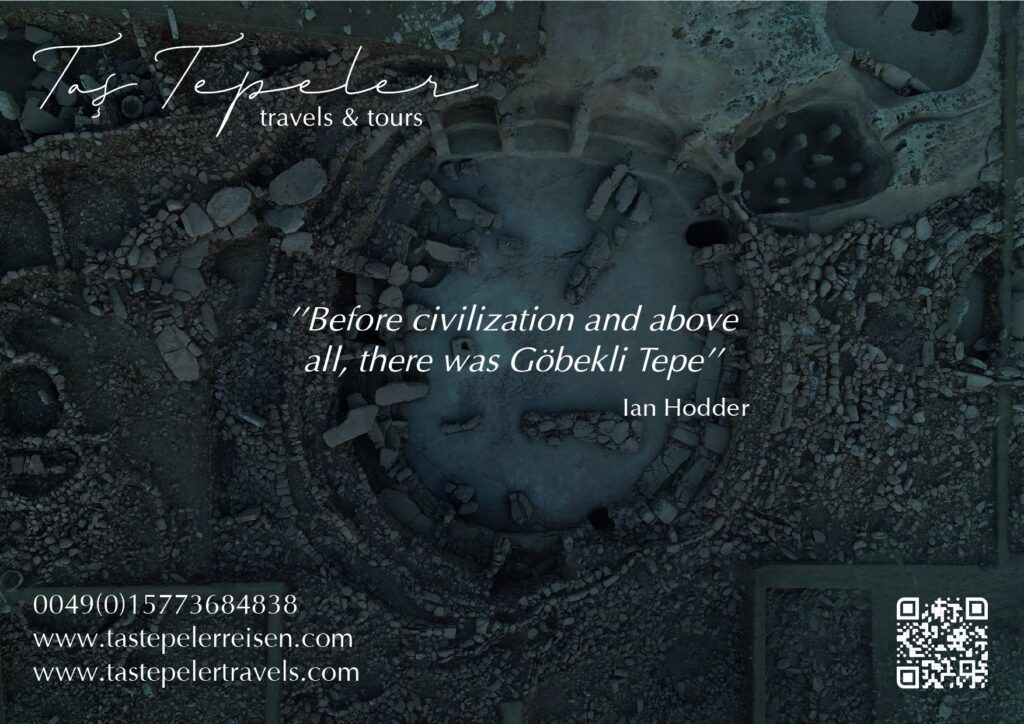
Göbekli Tepe—Turkish for “Hill of the navel” is the world’s most ancient piece of architecture. Located in the Germus Mountains of southeastern Turkey and erected fif teen kilometers high at the peak of this elongated mountain ridge (Haughton, 2011), the structure is known to be the oldest human made temple on Earth (Briticana, 2020). The discovery of this 12 000 year old temple—the earliest surviving religious site in the world—in 1974 left archaeologists and scientists shocked. Some researchers even went as far to claim that this site was the biblical garden of Eden (Betz, 2020). The property is made up of layers of carved megaliths which are huge stones, used in various types of monuments—including the Göbekli Tepe. There are 43 megaliths in the shape of a ‘T’, these pillars average a height of 16 feet (Haughton, 2011). The location was also found to have remains of wild animal bones which indicate the fact that the creators had not yet begun domesticating animals or begun farming (Haughton, 2011). The presence of such remains at the site indicate that the structure was erected by hunter gatherers also called foragers which are individuals who depend widely on wild foods and life for sustainability.


